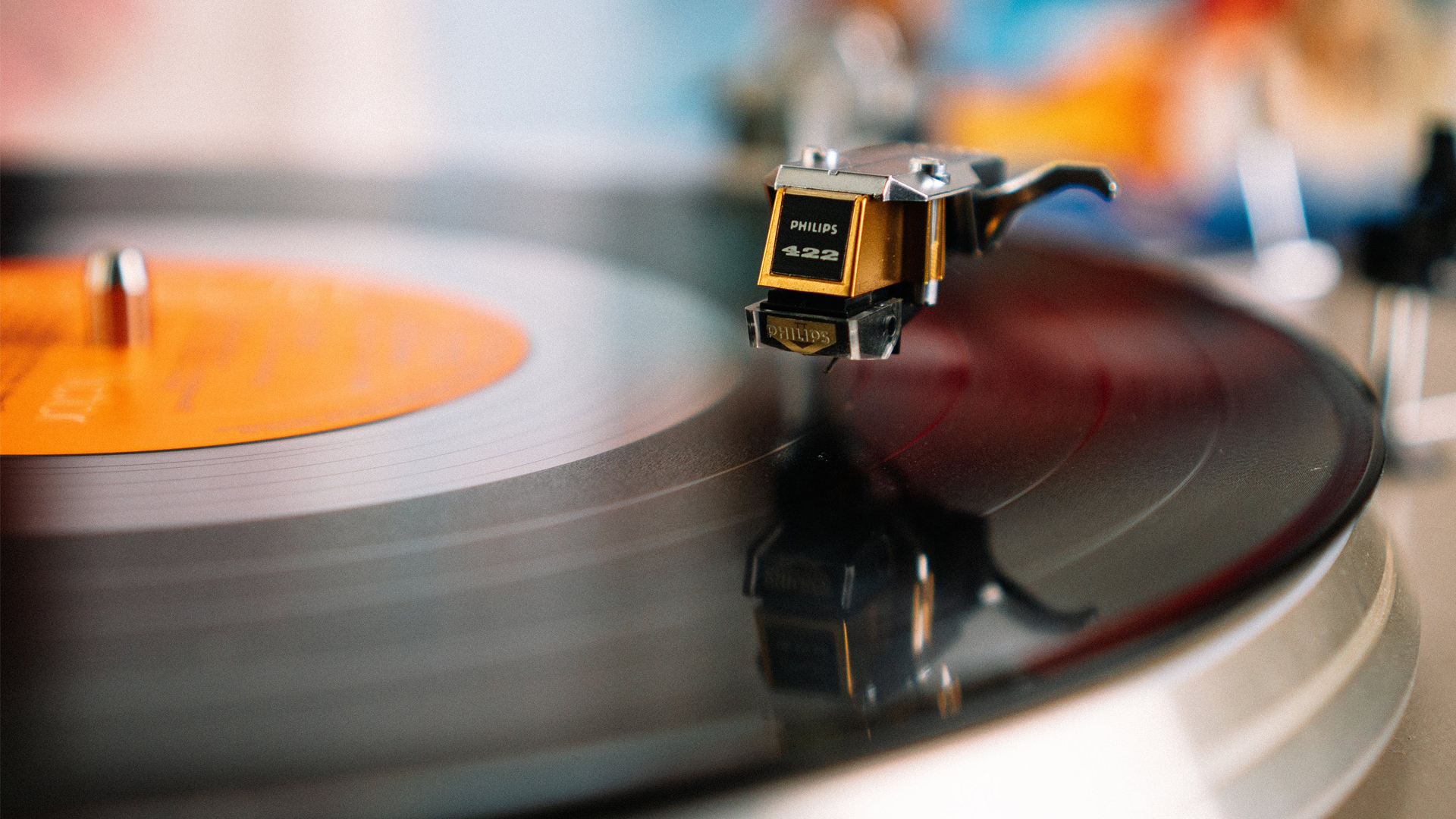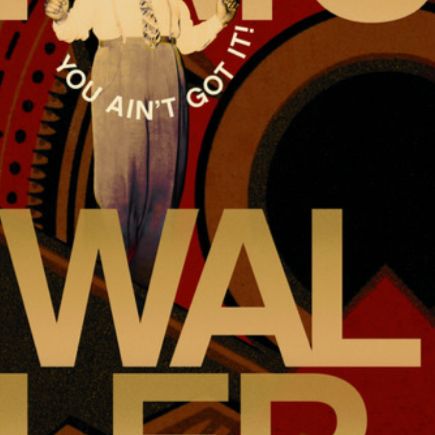The Jitterbug Waltz: entre élégance décalée et innovation harmonique
Composée en 1942 par Fats Waller, The Jitterbug Waltz se distingue dès son origine comme une pièce atypique dans le paysage du jazz. Enregistrée le 16 mars de la même année par Fats Waller and His Rhythm, elle puise son inspiration dans de simples exercices de piano pratiqués par le fils du musicien, Maurice. Ce point de départ modeste débouche pourtant sur une œuvre d’une originalité remarquable.
Si Dinah Washington en propose plus tard une version chantée, avec des paroles signées Charles R. Grean et Maxine Manners, The Jitterbug Waltz est presque toujours interprétée dans sa forme instrumentale, celle qui a fait d’elle un standard incontournable. En 1978, le metteur en scène Richard Maltby Jr. écrit de nouvelles paroles à l’occasion de la comédie musicale Ain’t Misbehavin’, consacrée à la vie de Waller, mais c’est bien l’architecture musicale de la pièce qui en fait sa force.
Son caractère singulier repose notamment sur sa métrique en 3/4 – une valse – qui détonne dans un univers jazz largement dominé par le 4/4. Waller y introduit des éléments empruntés à la tradition classique, en particulier dans le traitement de la forme valse, tout en infusant une pulsation swing qui lui confère sa vitalité jazzistique. Cette hybridation subtile crée une atmosphère à la fois dansante et raffinée.
La modernité poétique de Fats Waller
Le 6 mars 1942, à New York, Fats Waller enregistre la version originale de The Jitterbug Waltz; un moment charnière qui révèle son audace compositionnelle et son goût pour l’innovation. Rare valse dans le jazz de l’époque, la pièce surprend par sa structure en trois temps et par ses lignes mélodiques sinueuses, presque oniriques, un contraste audacieux avec les rythmes en 4/4 dominants du swing
Cette œuvre marque l’affirmation d’un langage plus ouvert, annonçant les explorations harmoniques du bebop tout en restant ancrée dans le groove et l’humour caractéristiques de Waller. C’est l’un des premiers disques de jazz enregistrés avec un orgue électrique Hammond, un instrument qui a gagné en popularité dans le genre peu de temps après.
Fats Waller sculpte un paysage sonore à la fois ample et intimiste; il superpose nappes harmonieuses et accents rythmiques subtils, soutenu par His Rhythm et son orchestre. Le dialogue entre orgue et l’ensemble dessine une esthétique singulière où la danse flirte avec la rêverie.
The Jitterbug Waltz: entre elegancia atípica e innovación armónica
Compuesta en 1942 por Fats Waller, The Jitterbug Waltz se distingue desde sus inicios como una pieza atípica dentro del panorama del jazz. Grabada el 16 de marzo del mismo año por Fats Waller and His Rhythm, se inspira en unos sencillos ejercicios de piano que practicaba el hijo del músico, Maurice. Sin embargo, ese punto de partida modesto da lugar a una obra de una originalidad notable.
Aunque Dinah Washington propuso más tarde una versión cantada, con letra de Charles R. Grean y Maxine Manners, The Jitterbug Waltz se interpreta casi siempre en su forma instrumental, la que la consagró como un estándar esencial. En 1978, el director Richard Maltby Jr. escribió nuevas letras con motivo del musical de Broadway Ain’t Misbehavin’, dedicado a la vida de Waller, pero es sin duda la arquitectura musical de la obra lo que le otorga su fuerza.
Su carácter singular reside en particular en su métrica de 3/4 —un vals— que contrasta en un universo jazzístico mayoritariamente dominado por el 4/4. Waller introduce elementos tomados de la tradición clásica, especialmente en el tratamiento de la forma del vals, al tiempo que le infunde una pulsación swing que constituye su vitalidad jazzística. Esta sutil hibridación genera una atmósfera tanto danzante como refinada.
La modernité poétique de Fats Waller
El 6 de marzo de 1942, en Nueva York, Fats Waller graba la versión original de The Jitterbug Waltz; un momento decisivo que revela su audacia compositiva y su inclinación por la innovación. Rara vals dentro del jazz de la época, la pieza sorprende por su compás ternario y por sus líneas melódicas sinuosas, casi oníricas, un contraste marcado con los ritmos en 4/4 que dominaban el swing.
Esta obra anuncia un lenguaje más abierto; anticipa las exploraciones armónicas del bebop sin abandonar el groove y el humor tan característicos de Waller. Es además uno de los primeros discos de jazz registrados con un órgano eléctrico Hammond, instrumento que ganaría popularidad poco después.
Waller esculpe un paisaje sonoro amplio e íntimo; superpone capas armónicas y acentos rítmicos sutiles, sostenido por His Rhythm y su orquesta. El diálogo entre órgano y conjunto configura una estética singular donde la danza roza la ensoñación.
The Jitterbug Waltz: tra eleganza fuori dagli schemi e innovazione armonica
Composta nel 1942 da Fats Waller, The Jitterbug Waltz si distingue fin dalle origini come un brano atipico nel panorama jazzistico. Registrata il 16 marzo dello stesso anno da Fats Waller and His Rhythm, trae ispirazione da semplici esercizi di pianoforte eseguiti dal figlio del musicista, Maurice. Da questo spunto modesto nasce tuttavia un’opera di straordinaria originalità.
Sebbene Dinah Washington ne abbia proposto in seguito una versione cantata, con testi firmati da Charles R. Grean e Maxine Manners, The Jitterbug Waltz viene quasi sempre eseguita nella sua forma strumentale, quella che l’ha consacrata come uno standard imprescindibile. Nel 1978, il regista Richard Maltby Jr. scrisse nuovi versi per il musical Ain’t Misbehavin’, dedicato alla vita di Waller, ma è senza dubbio l’architettura musicale del pezzo a costituirne la vera forza.
Il suo carattere singolare risiede soprattutto nella metrica in 3/4 —un valzer— che risalta in un universo jazz dominato per lo più dal 4/4. Waller vi inserisce elementi mutuati dalla tradizione classica, in particolare nel trattamento della forma del valzer, infondendovi al contempo un impulso swing che rappresenta l’essenza stessa del jazz. Questa sottile ibridazione crea un’atmosfera al tempo stesso danzante e raffinata.
La modernità poetica di Fats Waller
Il 6 marzo 1942, a New York, Fats Waller incide la versione originale di The Jitterbug Waltz; un momento cruciale che rivela la sua audacia compositiva e il suo gusto per l’innovazione. Rara valzer nel jazz dell’epoca, il brano sorprende per il suo tempo in tre quarti e per le sue linee melodiche sinuose, quasi oniriche, in netto contrasto con i ritmi in 4/4 predominanti nello swing.
Quest’opera segna l’affermazione di un linguaggio più aperto; preannuncia le esplorazioni armoniche del bebop pur restando ancorata al groove e all’umorismo tipici di Waller. Si tratta inoltre di uno dei primi dischi jazz registrati con un organo elettrico Hammond, strumento che avrebbe presto acquisito grande popolarità nel genere.
Waller scolpisce un paesaggio sonoro al tempo stesso ampio e intimo; sovrappone tappeti armonici e accenti ritmici sottili, sostenuto dagli His Rhythm e dalla sua orchestra. Il dialogo tra organo e ensemble crea un’estetica unica, in cui la danza sfiora la dimensione del sogno.
The Jitterbug Waltz: offbeat elegance and harmonic innovation
Composed in 1942 by Fats Waller, The Jitterbug Waltz stood out from the beginning as an unusual piece in the jazz landscape. Recorded on March 16 of the same year by Fats Waller and His Rhythm, it was inspired by simple piano exercises practiced by the musician’s son, Maurice. Yet from this modest origin emerged a work of remarkable originality.
Although Dinah Washington later recorded a vocal version, with lyrics by Charles R. Grean and Maxine Manners, The Jitterbug Waltz is almost always performed in its instrumental form—the one that established it as an essential standard. In 1978, director Richard Maltby Jr. wrote new lyrics for the Broadway musical Ain’t Misbehavin’, dedicated to Waller’s life, but it is the musical structure itself that gives the piece its strength.
Its distinctive character lies notably in its 3/4 meter—a waltz—which stands out in a jazz world largely dominated by 4/4 time. Waller incorporated elements drawn from classical tradition, particularly in his treatment of the waltz form, while infusing a swing pulse that gives the piece its quintessential jazz vitality. This subtle blend creates an atmosphere that is both danceable and refined.
Fats Waller’s poetic modernity
On March 6, 1942, in New York, Fats Waller recorded the original version of The Jitterbug Waltz; a pivotal moment that reveals his compositional daring and his appetite for innovation. A rare waltz in the jazz of its time, the piece surprises with its three-beat structure and its sinuous, almost dreamlike melodic lines, standing in bold contrast to the dominant 4/4 rhythms of swing.
This work signals the emergence of a more open musical language; it anticipates the harmonic explorations of bebop while remaining grounded in Waller’s characteristic groove and humor. It is also one of the first jazz records featuring a Hammond electric organ, an instrument that would rise to prominence in the genre shortly thereafter.
Waller shapes a sonic landscape that is both expansive and intimate; he layers harmonic textures and subtle rhythmic accents, supported by His Rhythm and his orchestra. The dialogue between organ and ensemble outlines a singular aesthetic in which dance gently brushes against reverie.


